The Brain Behind Brahmos: 5 Revelations from Dr. A. Sivathanu Pillai
Dr. A. Sivathanu Pillai —and one of the architects of India’s missile programme is not the most media friendly of people. But when the former CEO of BrahMos Aerospace speaks he commands attention. In this exclusive conversation with the host Sandeep Unnithan, he offers a rare behind-the-scenes account of how India and Russia jointly developed the world’s fastest cruise missile. His account reveals a story not just of technological innovation, but of vision, leadership, and intense geopolitical maneuvering. Here are five key takeaways:
1. Why India Needed BrahMos
The Gulf War of 1991 was a turning point in modern warfare. While on a sabbatical at Harvard after the Agni missile test, Dr. Pillai observed how the United States neutralised Iraq’s air defences using cruise missiles like the Tomahawk. India, at that point, lacked a comparable capability. Its missile programme under the Integrated Guided Missile Development Programme (IGMDP) focused on ballistic missiles like Agni and Prithvi. Dr. A.P.J. Abdul Kalam and Dr. Pillai quickly recognised the strategic gap and decided India needed a supersonic cruise missile that could provide precision strike capability at high speeds — one that adversaries couldn’t intercept easily.
2. Why Russia Said Yes — and China Was Denied
India’s search for cruise missile technology led it to Russia, which had developed a working supersonic ramjet engine — a technology unmatched by any other country. Initially hesitant, Russian engineers eventually agreed, and a joint venture model was proposed to co-design and develop the missile. What cemented this partnership was trust at the highest levels: President Vladimir Putin personally backed the project. In a revealing anecdote, Dr. Pillai recounts how China requested similar cooperation from Russia but was categorically refused. Putin told Indian PM Atal Bihari Vajpayee that such technology transfer was off the table for Beijing — reinforcing the uniqueness of the Indo-Russian partnership.
3. Overcoming Reluctance and Bureaucracy
Even after technical feasibility was established, there was resistance — including efforts from Russian defence industry lobbies to scuttle the joint venture. Delegations tried to sway Indian decision-makers against it. But Indian political leadership — from Narasimha Rao and Vajpayee to George Fernandes — remained steadfast. Dr. Pillai’s team began work in secrecy, operating from a house in Vasant Vihar, Delhi. Design work started even before the 1998 intergovernmental agreement. Funds were later sanctioned, and Indian teams were deployed in Moscow for co-development. The BrahMos project became a rare example of scientific collaboration moving faster than the bureaucracy.
4. A Weapon Designed for Every Theatre
BrahMos was designed to be universal: the same missile could be adapted for land, sea, and air. Except for the air-launched version, all variants use the same design and can be interchanged between Army, Navy, and Air Force platforms. The submarine-launched version, too, has already been tested successfully using infrastructure built for the Sagarika missile. Yet, bureaucratic delays — especially in finalising Project 75I — have slowed full-scale induction.
5. The Future: BrahMos NG and Strategic Reach
India’s cruise missile ambitions aren’t stopping with the current BrahMos. Work is underway on BrahMos-NG (Next Generation), a smaller, lighter, and faster version meant to be deployed from multiple platforms — including light fighters like the Tejas. There's also ongoing research into BrahMos-II, a hypersonic version that could further elevate India’s strike capabilities.
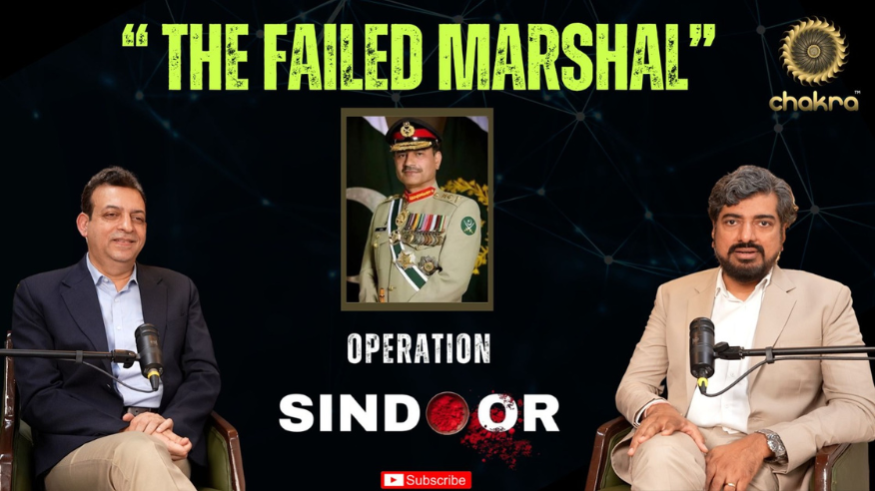

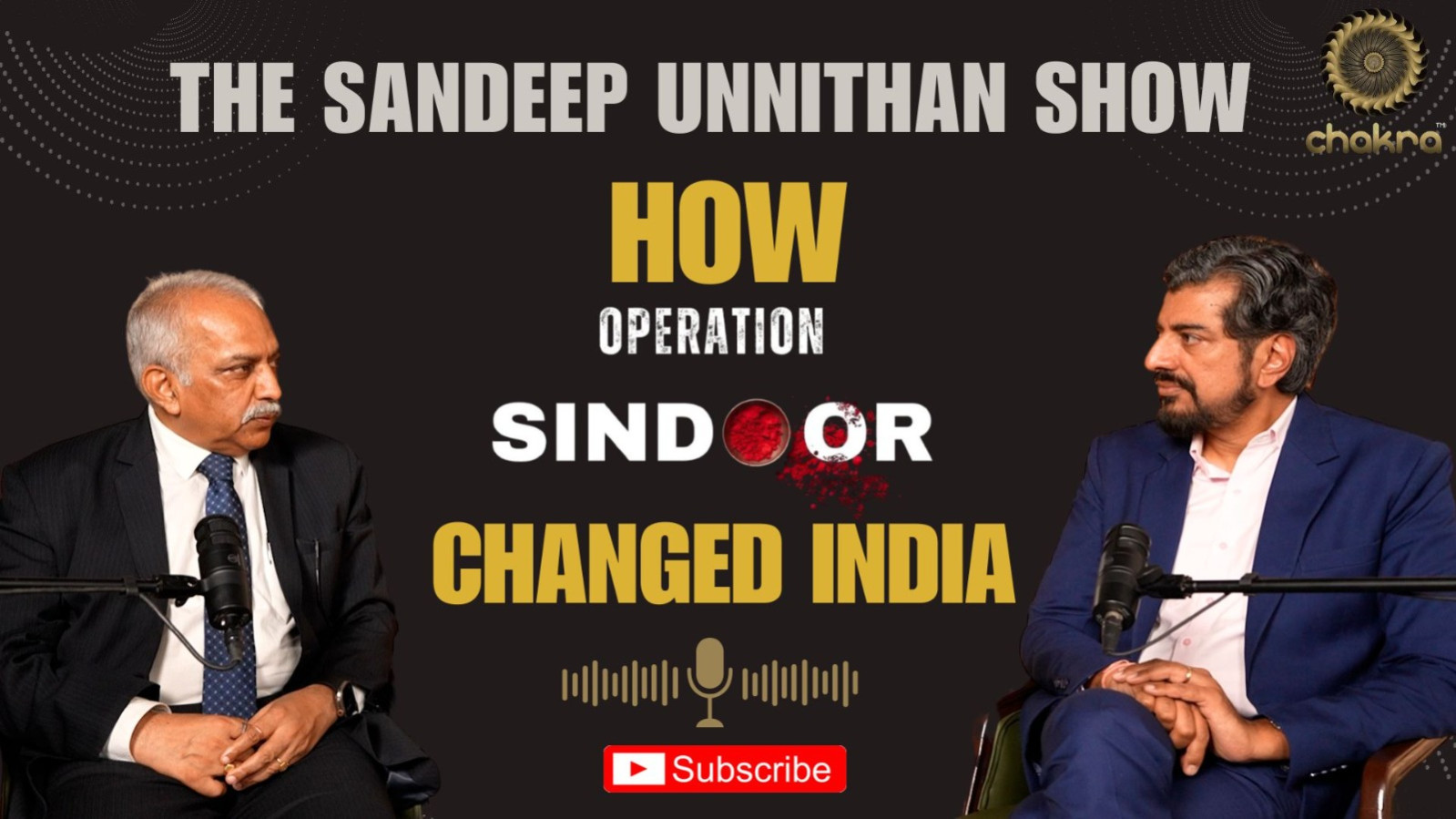
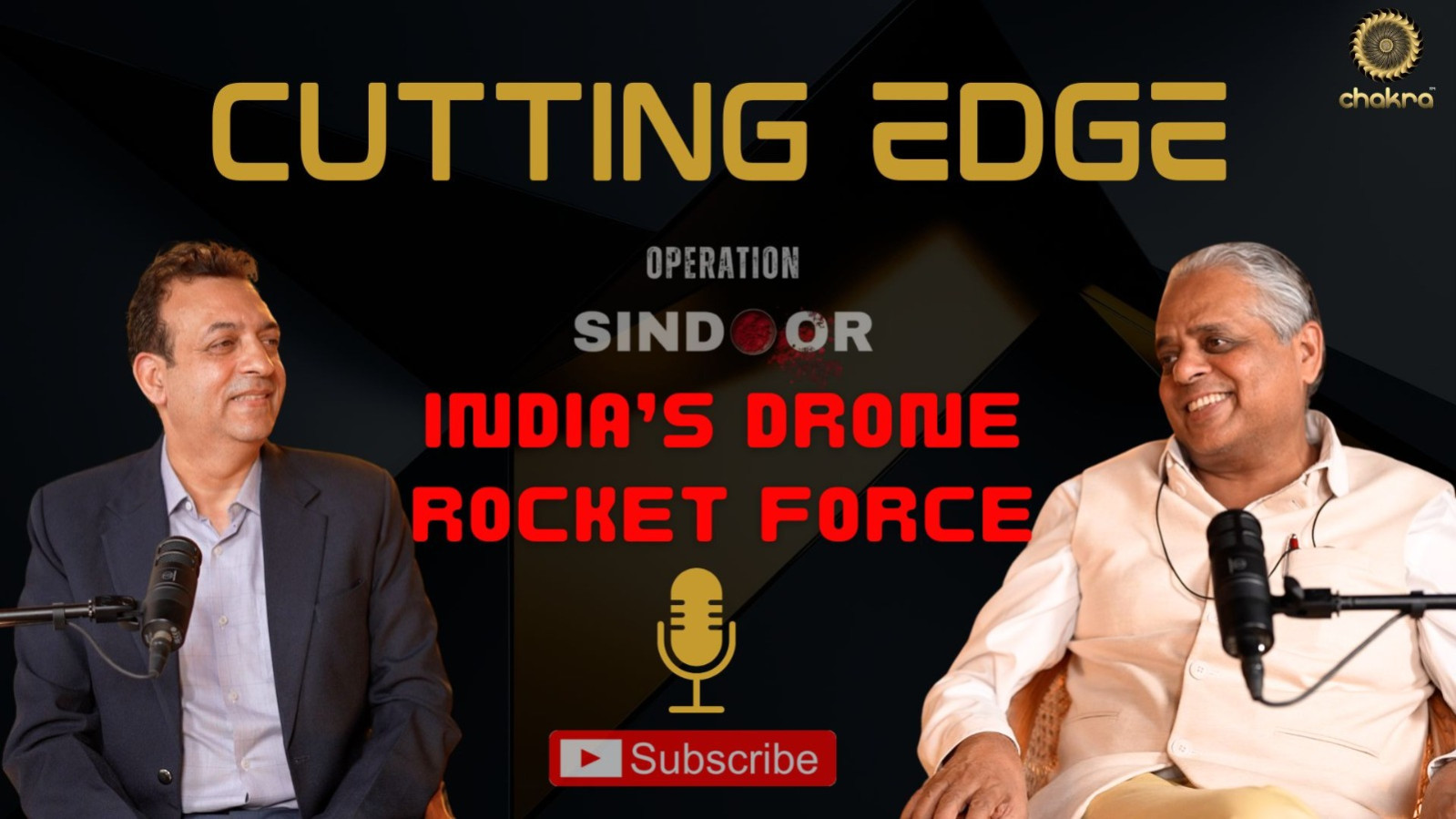
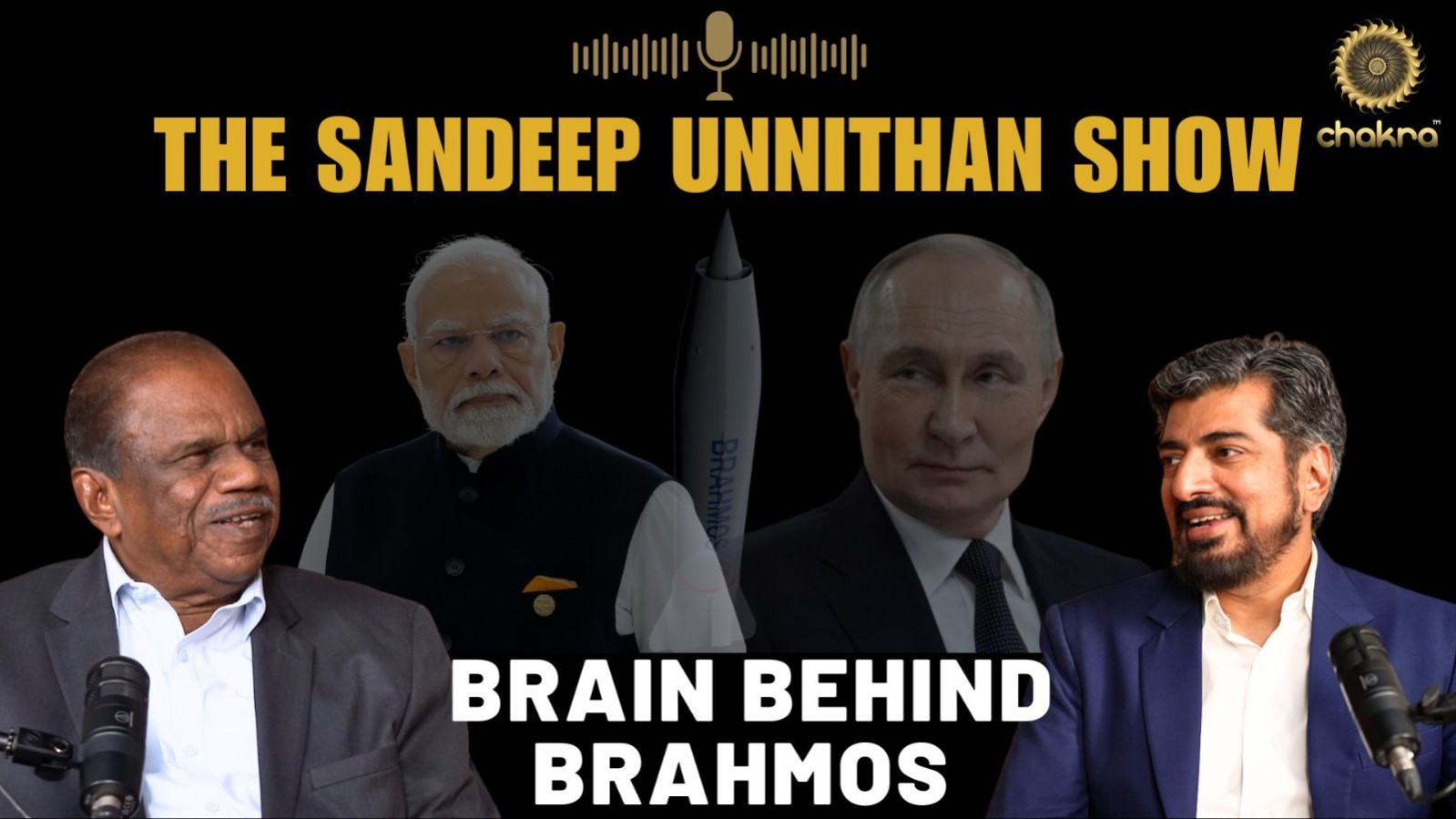



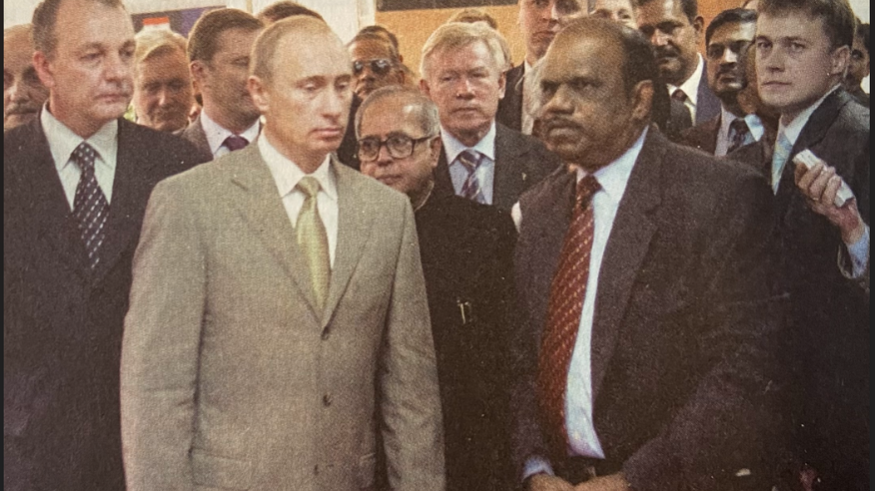

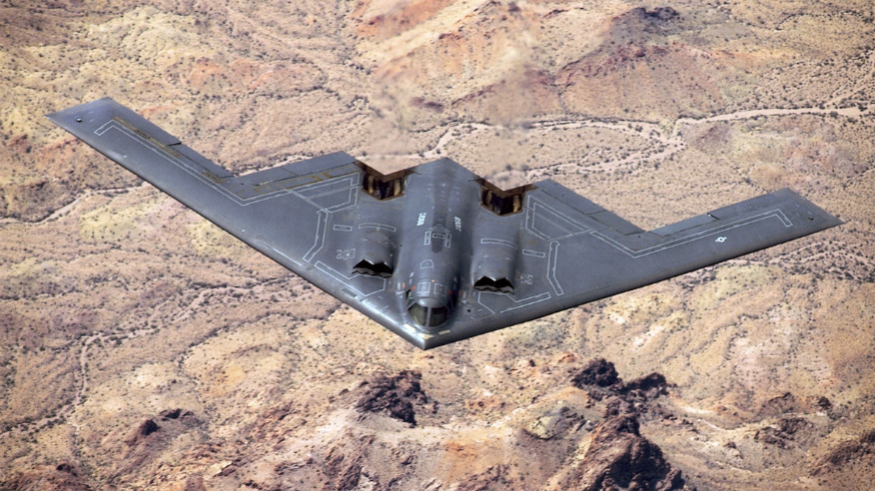

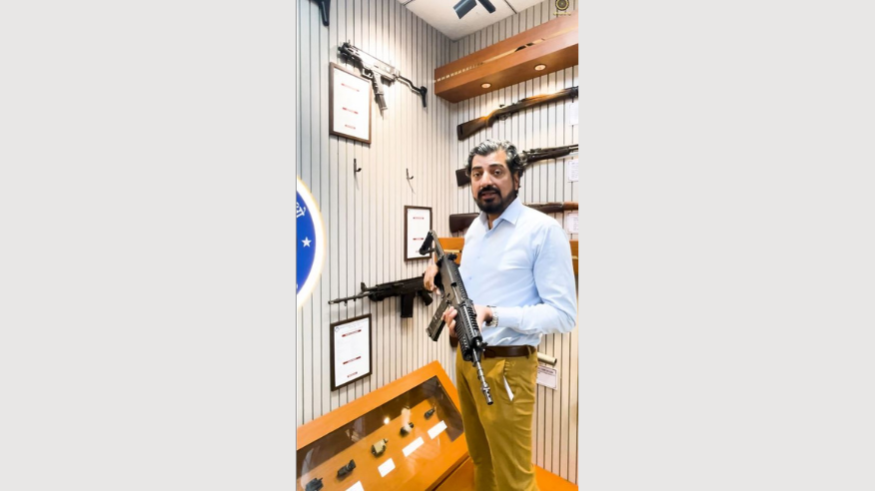


Comments